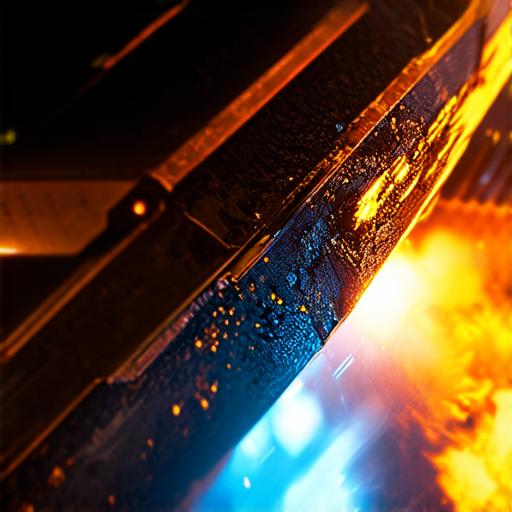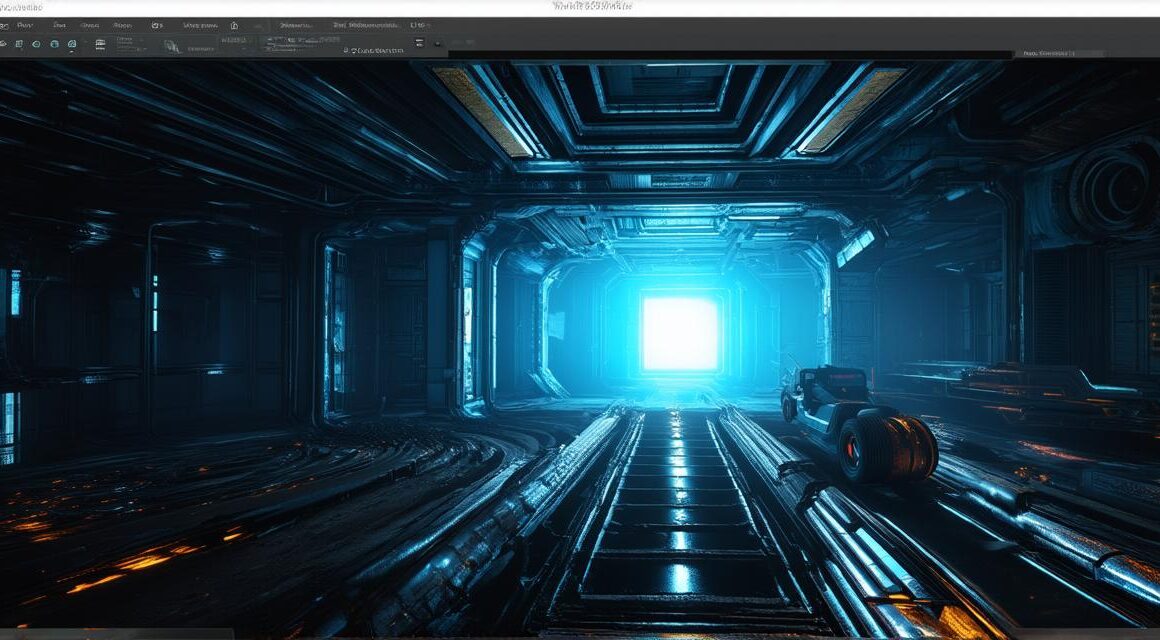
If you’re an Unity 3D developer, you know how important it is to have accurate and realistic physics in your games. But achieving this can be a challenge, especially when it comes to colliders – the essential elements that define the boundaries of objects in a 3D space.
What are Colliders?
Colliders are essentially invisible boxes that define the boundaries of objects in a 3D space. They allow objects to interact with each other, as well as with the environment. In Unity 3D, colliders can be created using a variety of shapes, including rectangular, circular, and cylindrical, among others. Colliders can also be stacked on top of each other to create more complex shapes, such as stairs or ladders.
The Importance of Colliders in Game Physics
Colliders are essential for creating realistic physics in Unity 3D games. They allow objects to collide with each other and interact with the environment in a way that mimics real-life physics. Without colliders, objects would simply pass through each other, and there would be no interaction between them. This would result in an unrealistic and immersive experience for players.
One of the key benefits of using colliders in game physics is that they allow developers to create realistic movement and interactions for characters and other objects. For example, a character’s movement can be restricted by placing a collider around them, ensuring that they don’t go through walls or other obstacles. Colliders can also be used to create complex movements, such as jumping or running, by defining the boundaries of the object and allowing it to interact with other objects in the scene.
Another important aspect of colliders is their ability to detect collisions between objects. This is crucial for creating realistic physics and ensuring that objects behave in a way that makes sense. For example, if a character collides with an object while running, they should slow down or stop depending on the mass and speed of both objects. Colliders can also be used to trigger events, such as causing an explosion when two objects collide, or enabling a character to pick up an object by interacting with its collider.
Real-life Examples of Colliders in Game Physics
Colliders are used extensively in real-world games and can be seen in everything from first-person shooters to sports games. One example of the use of colliders is in the popular game, Fortnite. In this game, players build structures using a variety of building blocks, each with its own unique properties and behavior. Colliders are used to define the boundaries of these structures and ensure that they interact with other objects in the game world.
Another example is the game, Red Dead Redemption 2. In this open-world game, players can ride horses, swim, and perform a variety of other actions in a realistic environment. Colliders are used to define the boundaries of these actions and ensure that they interact with the environment in a way that makes sense. For example, when riding a horse, the player’s collider is restricted by the horse’s collider, preventing them from going through it or falling off the horse.
FAQs on Colliders in Game Physics
Q: What types of colliders are available in Unity 3D?
A: There are a variety of collider types available in Unity 3D, including rectangular, circular, cylindrical, and more complex shapes.
Q: How do colliders interact with each other in Unity 3D?
A: Colliders can be stacked on top of each other to create more complex shapes and interactions between objects. When two colliders intersect, they trigger a collision event that can be used to trigger actions or events in the game world.
Q: How do colliders improve the physics in Unity 3D games?
A: Colliders allow objects to interact with each other and the environment in a way that mimics real-life physics. They also allow for realistic movement and interactions between characters and other objects in the game world.



